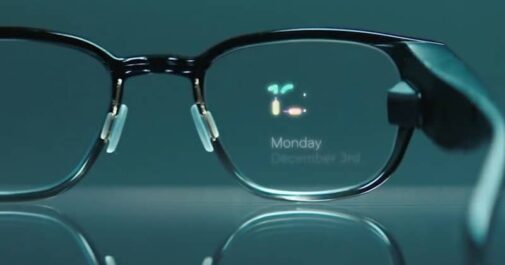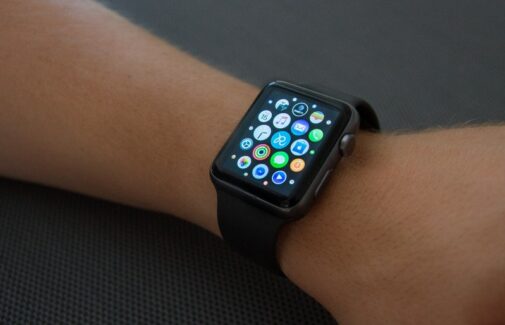
What they do best
In February 2013, after seeing Google CEO Eric Schmidt present during a visit to the University of Cambridge, Wolfson College professor John Naughton compared Google Glass with the achievements of hardware and networking pioneer Douglas Englebart. Naughton wrote that Engelbart believed that machines “should do what machines do best, thereby freeing up humans to do what they do best”. That is the overall goal of any tech wearable, and drives the pursuit of developing technology in that way.
Early players to the market like Google Glass in 2014/15 and Snap Inc. Spectacles in 2016/2017 came and went, ultimately dismissed by consumers as prototypes and criticised amid concerns for privacy. But their importance to the story and rise of Smart Glasses cannot be dismissed.
In this time, smartwatches – such as AppleWatch or fitbit – have dominated (and arguably created) the wearables market. Luring consumers away from their mobile devices and onto alternative displays to free humans up “to do what they do best” and in-turn created a market that according to CCSMarkets is set to treble in size in the next five years and become worth over $25 billion.
“Hey, Google. Show me…”
So why the come-back? Since the early proponents of Smart Glasses have come and gone, voice recognition platforms like Siri, Google Assistant and Alexa have been refined and seen significant improvements, solving UI navigation for numerous devices. At the same time, VR and AR have entered the public consciousness via the lowered-barrier of entry to purchase hardware like Oculus Rift, HTC Vive, Playstation VR, Google Daydream/Cardboard and availability of content from App stores, Steam etc. All of this laid the groundwork for a renaissance of sorts for smart glasses.

Ears and Eyes
So what are the benefits of Glasses over Watches? Ultimately, the location. Smart glasses (as one would expect) rest on a user’s face so aspects such as audio can be heard and recorded, lenses over eyes mean visuals can be viewed without looking away.
AppleWatch Series 3 added built-in LTE cellular connectivity, offering voice and data communication – but so long as watches are worn on the wrist, speaking to a voice recognition software for navigation or commands, or having a conversation with somebody, may not be as natural an action on a watch.

Do what machines do best
As navigation, command actioning, experiencing content and conducting conversation are the most common actions or behaviors that consumers are using mobile devices for, glasses lend themselves to the experience and operate these demands in a more natural way than wrist-worn devices can.
Watch out – Glasses in.
Interested in the latest technology trends? Check out our Top 5 Tech.

©️2024 Grammatik Agency, Second Home, 125–127 Mare St, London E8 3SJ.
[email protected]
+44 (0)20 3950 7057 Privacy policy